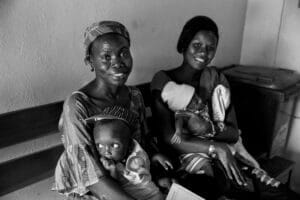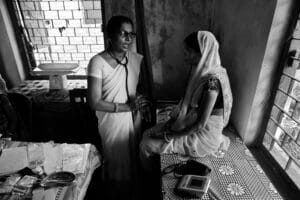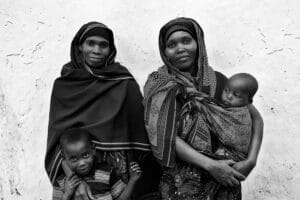Improving Timely Care-Seeking Among Individuals with TB Symptoms in the Philippines
HIGHLIGHTS
- Effective tuberculosis (TB) treatment has existed for more than 50 years but TB remains a leading cause of death worldwide and in the Philippines, in part because symptomatic individuals delay or avoid seeking care.
- We identified five barriers to TB care-seeking, including expectations of stigma, ambiguity of symptoms, association of TB with vices, among others; we also found that it is typically a combination of barriers that delays seeking care.
- The findings suggest avenues for more effectively encouraging care-seeking by individuals with TB symptoms by elevating the perceived benefits and putting perceived costs (social and otherwise) in proper perspective.
The Challenge
Effective tuberculosis (TB) treatment has existed for more than 50 years but TB remains a leading cause of death worldwide. With an estimated incidence of 581,000 cases in 2017, the Philippines was ranked among the 30 highest TB burdened countries, which together account for 87% of the world’s TB cases. The Philippines also had the fourth-largest gap between reported cases and best estimates of TB incidence, or missing TB cases [1]. Missing TB cases occur when individuals are undiagnosed, either because they do not access healthcare or because they are not properly diagnosed when they do seek care. Moreover, not all of those diagnosed with TB begin treatment, and not all of those who begin treatment complete it. These undiagnosed and untreated cases accelerate the transmission of TB and lead to preventable death and morbidity.
Our Approach
Under the USAID-funded Breakthrough RESEARCH project, we conducted 116 qualitative, in-depth interviews in Pampanga, Philippines. Participants included people affected by TB (PATB), family members of PATB, community members, community leaders, employers, pharmacists, and health providers. Five behavioral barriers to care-seeking emerged from the analysis. Each of these barriers is grounded in a feature of the context that surrounds those experiencing symptoms—past experiences, interactions with others, and attributes of the symptoms of TB—and shapes their behavioral responses. Barriers to TB care-seeking were found to be shaped by:
- Ambiguous symptoms.
- Association of TB risk with lifestyle and habits.
- Expectations of stigma, discrimination, and isolation.
- Short-term costs and long-term financial burden of TB.
- Visibility of care in public sector facilities.
Read the full published paper here.
Takeaway
Through in-depth qualitative research, we applied a behavioral science lens to identify cues in an individual’s contexts that prompt them to seek care for TB symptoms, or conversely to avoid or delay care-seeking. These contextual cues include the symptoms a person is experiencing, observed characteristics and experiences of PATB, what is said by others in the community about TB and PATB, and their own past experiences with care-seeking for other needs. We add to the literature by describing how these dynamics interact with one another and how people experiencing symptoms may respond differently at different times.
These findings provide insight into the care-seeking journey of symptomatic individuals. They also suggest avenues for more effectively reaching those with symptoms and their family members to encourage care-seeking, elevating the perceived benefits, and putting perceived costs in proper perspective.
Interested in our work applying behavioral science to global health? Email gh@ideas42.org or tweet at @ideas42 to join the conversation.
[1] World Health Organization. (2018a).Globaltuberculosis report(Licence: CC BY-NC-SA 3.0 IGO).
Partners










